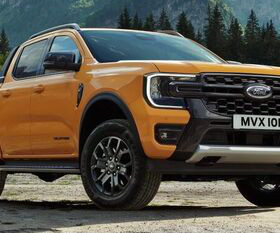Fraunhofer ISI/ICCT analysis of PHEV data finds real-world CO2 emissions 2-4x higher than official values
Green Car Congress
SEPTEMBER 28, 2020
The real-world share of electric driving for PHEVs, on average, is about half the share considered in the type-approval values. There are noteworthy differences between the markets analyzed, with the highest real-world UF found for Norway at 53% for private vehicles and the United States at 54% for private vehicles.

































Let's personalize your content